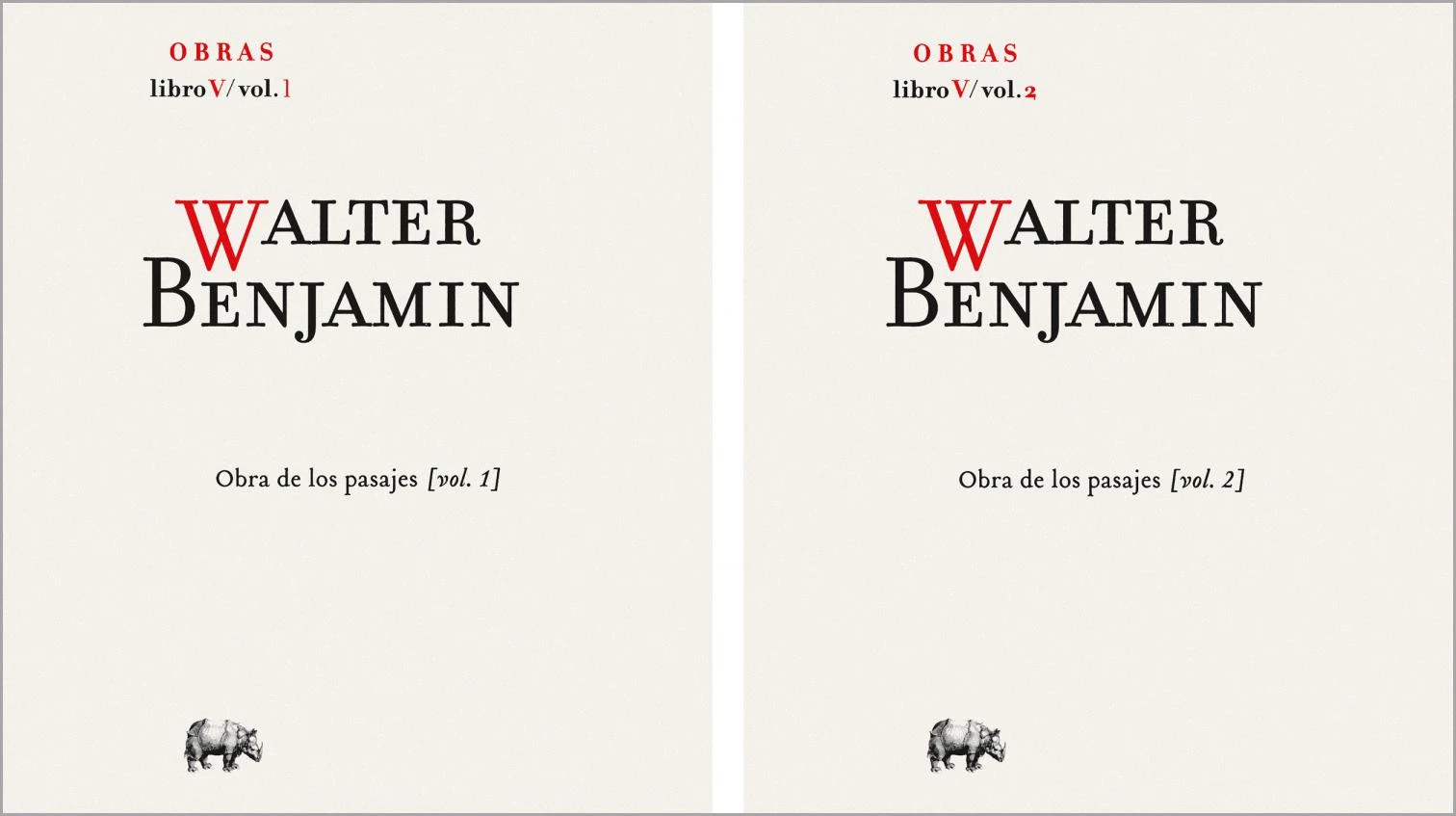
J. M. Coetzee wonders with sarcasm what is so interesting about Passagenwerk (or The Arcades Project), a book about shopping in 19th-century Paris. The question is also posed by those who, fascinated by the post mortem luster that has formed around Walter Benjamin’s writings, try to decipher the pages of this labyrinth of quotes and thoughts, but soon give up on such a tiresome endeavor.
It’s understandable: the book is a hefty, difficult volume. It has no plot, as the essay with Benjamin’s explanations is lost. Neither does it have a real title, as he simply labeled his scribbles, compiled in Paris from 1927 to 1940, as ´Notes and Materials.’ Strictly speaking, it is not even a ‘book,’ but a collage put together by the editors of the Complete Works of Benjamin, Rolf Tiedemann, and Hermann Schweppenhäuser, with help from the philosopher’s confidantes Gershom Scholem and Theodor W. Adorno.
This explains why Coetzee’s question, though unfair and vague, is pertinent. Not only because addressing the book requires the same patience that archaeologists need when unearthing ruins (and not everyone has that stamina), but because there is nothing better than Benjamin to illustrate one of the unwritten laws of our times: that the most influential books are those that are hardly read.
Who knows if – thanks to the splendid two-volume edition published by Abada – The Arcades Project will now be much read in Spanish and thus lose influence. But even though this happens, it will have been worth the effort, for it would mean Benjamin finally stepping down from the vacuous pedestal he has been put on: a pedestal owing to lack of knowledge about his work, and from which he is venerated like a prophet of all the phenomena of globalization, from shopping centers to the embellishment of merchandise through the difficult place of art in ultratechnological contexts.
Spain being a country of dilettante erudites, the mythification and mystification of Benjamin called, as a counterpart, for the publication of a Spanish version of his Complete Works. Naturally it’s not only about shopping in the 19th century, but about other things as well: catacombs, tedium, Haussmannization, barricades, Baudelaire, the flâneur, panoramas, mirrors, Fourier, artificial illumination, Marx, photography, iron architecture, automatons, Victor Hugo, the Commune, the Seine, and of course arcades. In this way, the book is like the arbitrary taxonomy that Borges attributed to a Chinese encyclopedia, formed by themes with nothing in common but belonging to a specific place and time, 19th-century Paris. Some say that what Benjamin was trying to do with this inexhaustible collection of material was construct a philosophy of 19th-century history. Others think that he was inquiring into the Industrial Revolution. There are even those who see the book as an alternative to the canonical histories of modern architecture. They’re all right and they’re all wrong. Suffice it to lose one’s way in the thousands of meticulous notes that Banjamin kept in a suitcase before being swallowed by the same history he was so determined to decipher.






